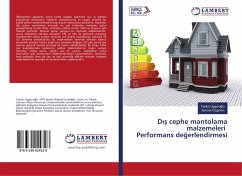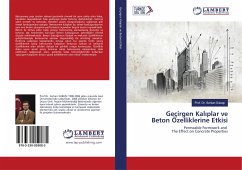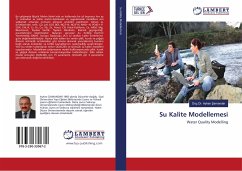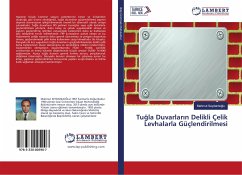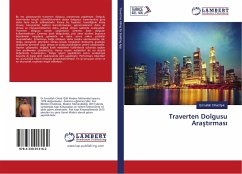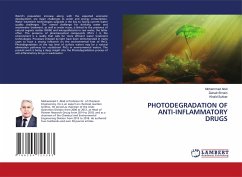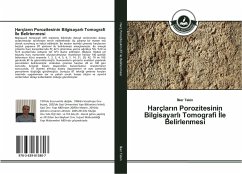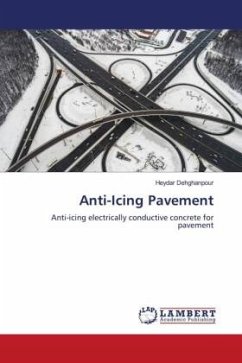
Anti-Icing Pavement
Anti-icing electrically conductive concrete for pavement
Versandkostenfrei!
Versandfertig in 6-10 Tagen
51,99 €
inkl. MwSt.

PAYBACK Punkte
26 °P sammeln!
In this study, it is aimed to evaluate the nano carbon black obtained by the pyrolysis method from the waste tires and the waste wire erosion obtained from the cutting processes, in the electrically conductive concrete produced for use in airport runways. For this purpose, firstly, general mechanical and electrical conductivity properties of electrical conductive concretes in 36 different mixture were examined in laboratory environment. After the result of their general characteristics, 10 different concrete slabs were produced by using 3D modeling method. Electrothermal tests of conductive co...
In this study, it is aimed to evaluate the nano carbon black obtained by the pyrolysis method from the waste tires and the waste wire erosion obtained from the cutting processes, in the electrically conductive concrete produced for use in airport runways. For this purpose, firstly, general mechanical and electrical conductivity properties of electrical conductive concretes in 36 different mixture were examined in laboratory environment. After the result of their general characteristics, 10 different concrete slabs were produced by using 3D modeling method. Electrothermal tests of conductive concrete slabs were performed in a freezer at -10 oC. According to the results of the experiments, mechanical and electrical properties of the specimens containing nano carbon black, carbon fiber and wire erosion in different mixtures have improved. It is understood that 180-1315 W / m2 power is required for the heating of electrically conductive concrete slabs obtained from different mixtures with different temperature / h speed. According to the literature, 300-550 W / m2 power is sufficient for melting of snow and ice in cold weather.




